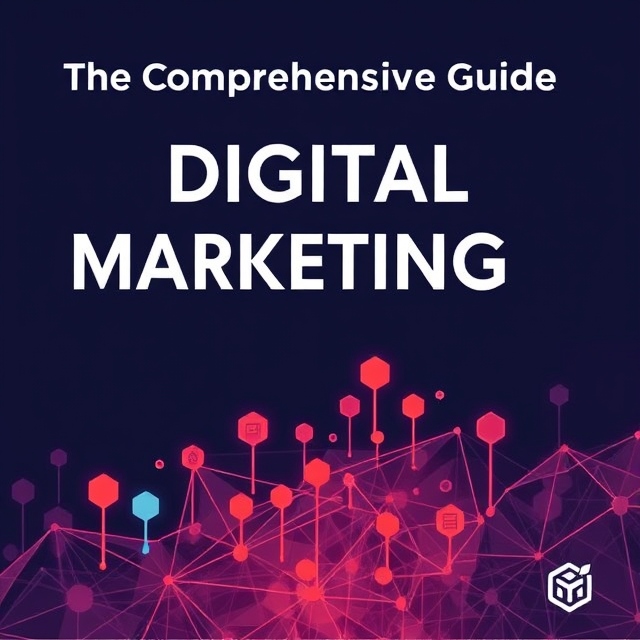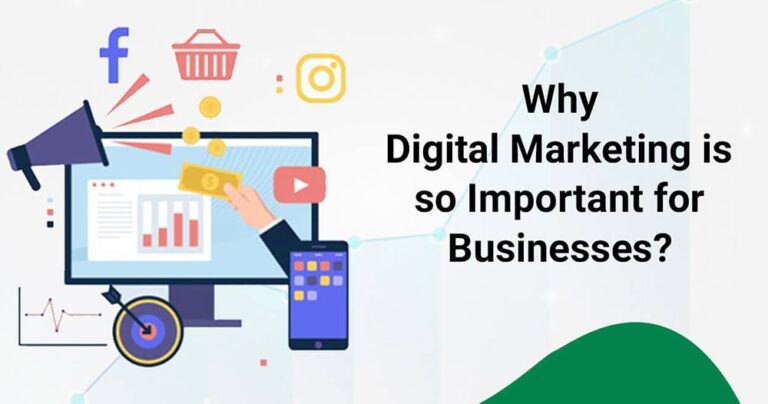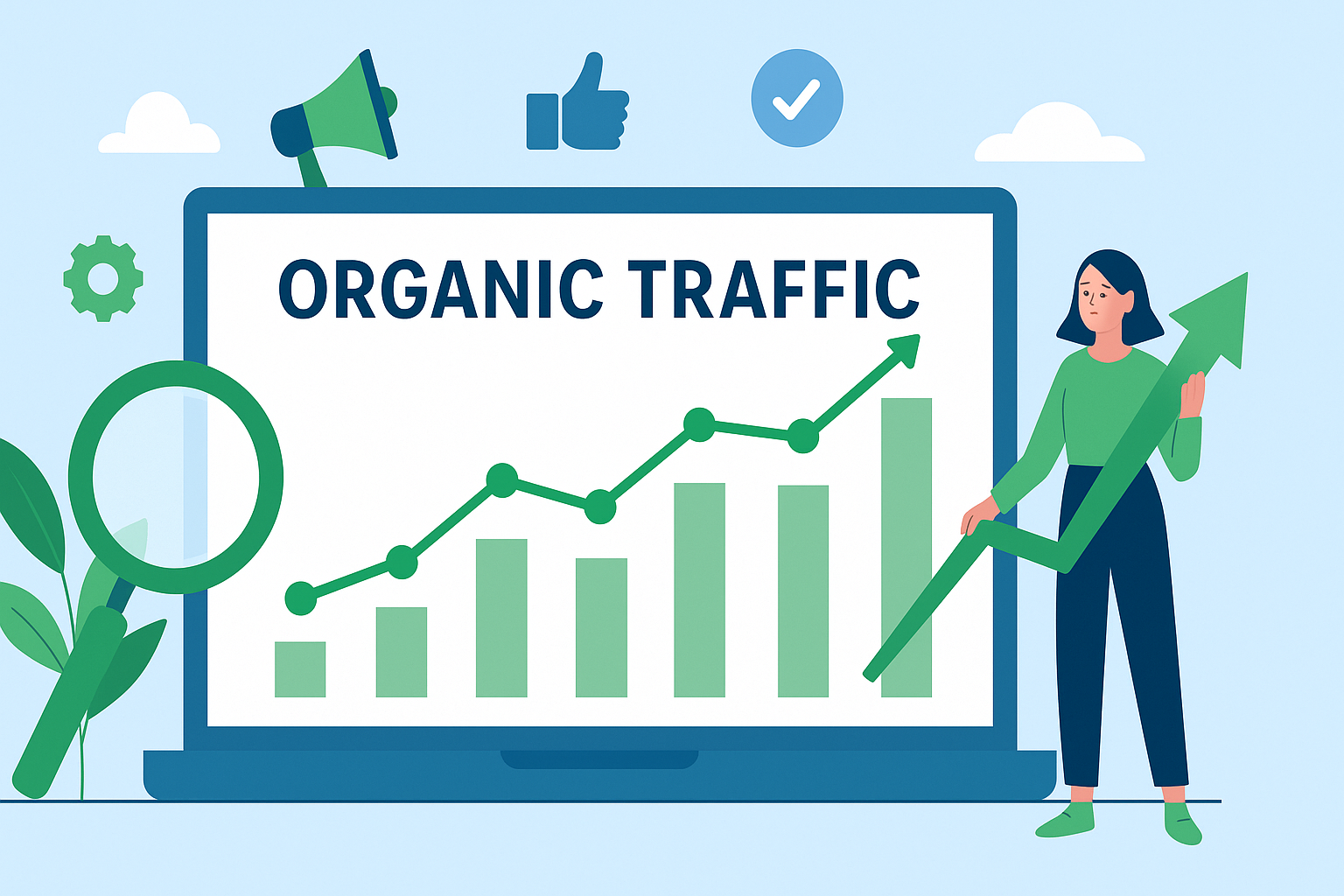In today’s fast-paced digital landscape, businesses are leveraging online platforms to connect with their audiences, drive engagement, and achieve remarkable growth. Digital marketing has become a cornerstone for organizations of all sizes, from startups to multinational corporations. This guide explores the essence of digital marketing, its components, and how businesses can craft successful strategies to thrive in the digital age.
What is Digital Marketing?
Digital marketing encompasses all marketing efforts that use electronic devices or the internet. Businesses leverage various digital channels such as search engines, social media, email, and websites to connect with prospective and existing customers. Unlike traditional marketing, digital marketing provides measurable and real-time insights, allowing businesses to refine their strategies effectively.
The Core Components of Digital Marketing
1. Search Engine Optimization (SEO)
SEO focuses on improving a website’s visibility on search engines like Google and Bing. By optimizing website content, structure, and backlinks, businesses can rank higher in search engine results pages (SERPs), attracting organic traffic. Key elements of SEO include:
- Keyword Research: Identifying phrases your target audience uses.
- On-Page Optimization: Improving title tags, meta descriptions, and content structure.
- Off-Page Optimization: Building high-quality backlinks.
- Technical SEO: Enhancing website speed, mobile responsiveness, and crawlability.
2. Content Marketing
Content marketing revolves around creating and distributing valuable, relevant, and consistent content to attract and retain a clearly defined audience. Popular formats include blogs, videos, infographics, and ebooks. Effective content marketing boosts brand authority and drives organic engagement.
3. Social Media Marketing
Platforms like Facebook, Instagram, LinkedIn, and TikTok are powerful tools for building brand awareness, fostering community engagement, and driving traffic. A successful social media strategy involves:
- Choosing platforms where your audience is active.
- Posting high-quality, engaging content consistently.
- Leveraging paid ads for broader reach.
- Interacting with followers to build trust and loyalty.
4. Pay-Per-Click Advertising (PPC)
PPC is a model of internet marketing where advertisers pay a fee each time their ad is clicked. Google Ads and social media platforms are common PPC channels. With PPC, businesses can target specific demographics, keywords, and geographic areas to maximize ROI.
5. Email Marketing
Email marketing remains a powerful tool for nurturing leads and maintaining customer relationships. Personalized and automated email campaigns can:
- Promote products or services.
- Share updates and news.
- Drive website traffic.
- Build brand loyalty.
6. Affiliate Marketing
Affiliate marketing involves partnering with individuals or companies who promote your products or services for a commission. This cost-effective strategy extends your reach and boosts sales.
7. Analytics and Reporting
The ability to measure performance is one of digital marketing’s greatest strengths. Tools like Google Analytics, SEMrush, and HubSpot provide insights into traffic sources, user behavior, and campaign ROI. Regular reporting helps refine strategies and achieve better outcomes.
Crafting a Winning Digital Marketing Strategy
Step 1: Define Your Goals
Begin by setting clear, measurable objectives. Whether it’s increasing website traffic, boosting sales, or enhancing brand visibility, having a defined goal ensures your efforts are focused.
Step 2: Understand Your Audience
Create detailed buyer personas to understand your target audience’s needs, preferences, and pain points. This knowledge helps in crafting personalized and impactful marketing campaigns.
Step 3: Choose the Right Channels
Not all digital marketing channels will suit your business. Analyze where your audience spends their time online and focus your efforts on those platforms.
Step 4: Develop High-Quality Content
Content is the backbone of digital marketing. Ensure your content is engaging, informative, and aligned with your audience’s interests. Incorporate visuals, videos, and interactive elements to enhance user experience.
Step 5: Optimize for Mobile
With the majority of users accessing the internet via mobile devices, it’s crucial to have a mobile-friendly website and campaigns.
Step 6: Leverage Automation
Marketing automation tools save time and enhance efficiency. Use platforms like Mailchimp or HubSpot to automate email campaigns, social media posting, and lead nurturing.
Step 7: Monitor and Adjust
Regularly analyze the performance of your campaigns. Use insights to tweak your strategies and ensure continuous improvement.
The Benefits of Digital Marketing
1. Global Reach
Unlike traditional marketing, digital strategies can reach a global audience without geographical constraints.
2. Cost-Effective
Digital marketing offers cost-efficient options such as PPC and email marketing, making it accessible even for small businesses.
3. Measurable Results
Trackable metrics provide insights into the success of campaigns, enabling businesses to make data-driven decisions.
4. Personalization
With digital tools, businesses can tailor messages to specific audiences, improving engagement and conversion rates.
5. Higher Engagement
Interactive content, social media engagement, and personalized email campaigns foster stronger connections with audiences.
Challenges in Digital Marketing
While digital marketing offers numerous advantages, it’s not without challenges:
- Staying Updated: The digital landscape evolves rapidly, requiring constant learning.
- Cutting Through the Noise: The internet is saturated with content, making it challenging to stand out.
- Balancing Organic and Paid Efforts: Achieving the right mix of organic and paid strategies can be tricky.
Conclusion
Digital marketing is an ever-evolving field that holds immense potential for businesses willing to embrace its dynamic nature. By understanding its components and crafting well-thought-out strategies, businesses can unlock unprecedented growth and establish a strong online presence. Whether you’re a seasoned marketer or just starting, the key to success lies in staying adaptable, creative, and customer-focused.
Are you ready to take your digital marketing efforts to the next level? Embrace the digital revolution and watch your business thrive!









